Tummy Tuck after C-Section for a Flat Stomach: Is that Possible?
Body Plastic Surgery
For women who have undergone a C-section, the abdominal changes that can result, such as loose skin, stretch marks, and diastasis recti, can significantly impact their self-esteem and body image. A tummy tuck offers a transformative solution to address these concerns and restore a smoother, more contoured abdomen.
A tummy tuck surgery, or abdominoplasty, is a cosmetic procedure that removes excess skin and fat from the abdominal area and tightens the underlying muscles. This procedure can be particularly beneficial for women who have undergone a cesarean section, as it can help to restore their pre-pregnancy figure and improve their self-confidence. However, it is important to note that a tummy tuck is not a substitute for weight loss or a healthy lifestyle. It should only be considered after consulting with a qualified plastic surgeon.
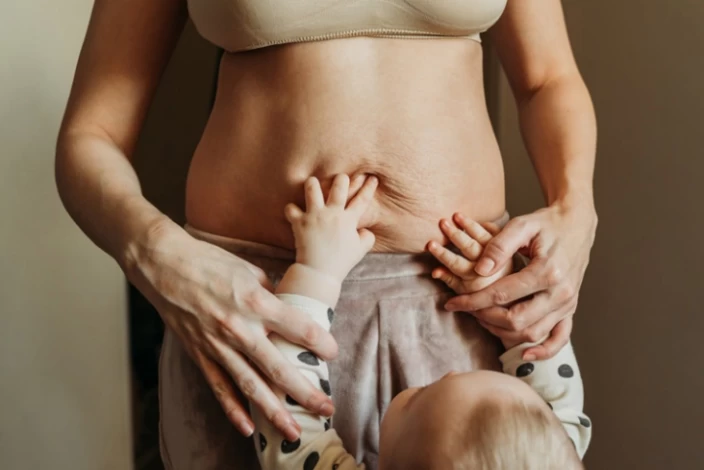
How Soon to Consider a Tummy Tuck After a C-Section?
It is advised to wait 6 to 12 months after having a C-section before considering a tummy tuck. This waiting period allows the C-section scar to heal, any swelling to subside, and your body to return to its pre-pregnancy state. Waiting until your child is a little older may also be beneficial, as a tummy tuck is a major surgery that requires downtime, making it difficult to carry out tasks like lifting and keeping up with the demands of a new baby.
It is also important to be at your ideal weight before undergoing a tummy tuck, as maintaining a stable weight before and after the procedure will ensure long-lasting results. It is also recommended that you wait until you are no longer breastfeeding, as any medications taken during surgery could have negative effects on your baby. Additionally, if you plan on having more children, it is best to wait until you have no further plans for future pregnancies to achieve the best results from the procedure.
Who are Candidates for an Abdominoplasty After a C-section?
Candidates for tummy tuck after a C-section are women who:
- have had multiple C-sections and have loose or sagging skin in the abdominal area
- have experienced significant weight loss after childbirth and have excess skin and fat in the abdominal area
- have diastasis recti (separation of the abdominal muscles) after childbirth
- have aesthetic concerns about the appearance of their abdomen after a C-section
- have difficulty with exercise and strengthening their abdominal muscles due to the effects of pregnancy and childbirth.
What Can a Tummy Tuck Do After C-Section?
A tummy tuck can be particularly beneficial for women who have undergone a Cesarean section by addressing a variety of aesthetic concerns that can arise after a C-section, including:
Excess Skin and Stretch Marks
Tummy tuck surgery can effectively remove excess skin and stretch marks accumulated during pregnancy and childbirth. This can significantly improve the overall appearance of the abdomen, creating a smoother and more contoured look.
Weakened Abdominal Muscles
C-sections can weaken the abdominal muscles, leading to a drooping or sagging appearance. Tummy tuck surgery can tighten these muscles, restoring a more toned and defined look.
Diastasis Recti
Diastasis recti is a common condition that occurs when the muscles of the abdominal wall separate during pregnancy. While lifestyle changes can help manage diastasis recti, a tummy tuck can provide a more permanent solution by tightening the muscles and improving core strength.

What is the difference between a C-section and a tummy tuck?
A c-section and a tummy tuck are two different procedures that address different issues in the abdominal area.
A c-section, or cesarean section, is a surgical procedure used to deliver a baby when vaginal delivery is not possible or safe. During a c-section, an incision is made in the abdomen and uterus to remove the baby. The incision is then closed with sutures or staples.
A tummy tuck, or abdominoplasty, is a cosmetic surgical procedure that removes excess skin and fat from the abdominal area and tightens the underlying muscles to create a smoother and more toned appearance. A tummy tuck is not a medical procedure performed solely for cosmetic purposes.
What Are the Benefits of a Post-Pregnancy Tummy Tuck?
A tummy tuck can be a life-changing procedure for women who have experienced significant abdominal changes after pregnancy. Here are some of the benefits of a tummy tuck after a C-section:
- Restored Abdominal Contour;
- Improved Weakened Muscles (Reduced Diastasis Recti);
- Reduced Excess Skin and Fat;
- Enhanced Self-Confidence;
- Improved Posture;
- Long-lasting Results.

How Is Recovery from a Tummy Tuck After a C-section?
Recovering from a tummy tuck after a C-section involves a similar initial recovery process to that of a standard tummy tuck, with additional considerations for the previous C-section incision.
The initial recovery period for a tummy tuck after a C-section typically involves several days of rest and limited physical activity. Patients may experience discomfort, swelling, and bruising in the abdominal area. Pain medication and possibly antibiotics may be prescribed to manage pain and reduce the risk of infection.
Patients must keep the incision sites clean and dry to prevent infection. The surgeon will provide specific instructions on caring for the incisions, including when and how to change dressings.
During the early stages of recovery, patients should avoid strenuous activities and heavy lifting to allow the body to heal properly. Light walking is usually encouraged to promote circulation and aid in recovery.
What Is the Aftercare Following a Tummy Tuck After a C-section?
Proper post-operative care is crucial for a smooth recovery from a tummy tuck after a C-section. This includes:
- Wearing compression garments - Compression garments help to reduce swelling, support the incisions, and promote healing. You will typically be instructed to wear them for four weeks after surgery;
- Keeping the incisions clean and dry - Carefully wash the incision sites with gentle soap and water and pat them dry. Avoid soaking or scrubbing the incisions;
- Monitoring for signs of infection - Be on the lookout for signs of infection, such as redness, swelling, warmth, or pus drainage. If you notice any of these signs, contact your surgeon immediately;
- Avoiding sun exposure - Sun exposure to the incision sites can delay healing and increase the risk of hyperpigmentation. Wear sunscreen and protective clothing when outdoors;
- Following your surgeon's instructions - It is essential to strictly follow your surgeon's instructions regarding pain medication, activity restrictions, and wound care.
What Are the Risks of Abdominoplasty after a C-section?
Tummy tuck surgery after a C-section, like any surgical procedure, carries potential risks and complications. Some of the specific risks associated with a tummy tuck after a C-section may include:
- Infection - There is a risk of infection at the incision sites. Proper wound care and following post-operative instructions can help minimize this risk;
- Delayed Healing - Due to the presence of scar tissue from the C-section, there may be an increased risk of delayed wound healing. This can lead to issues such as wound separation or poor scarring;
- Blood Clots - Surgery, especially when combined with prolonged periods of immobility during recovery, can increase the risk of blood clots forming in the legs (deep vein thrombosis) or traveling to the lungs (pulmonary embolism);
- Seroma or Hematoma - A fluid accumulation (seroma) or blood collection (hematoma) under the skin at the surgical site can occur and may require drainage;
- Nerve Damage - Numbness, altered sensation, or nerve damage in the abdominal area can occur following a tummy tuck, particularly if there is pre-existing scar tissue from a C-section;
Poor Scarring - While efforts are made to minimize scarring, there is a risk of unsightly or hypertrophic tummy tuck scars, especially when there is existing scar tissue from a previous C-section;
- Anesthesia Risks - All surgical procedures carry some risk related to anesthesia, including adverse reactions and complications;
- Cosmetic Dissatisfaction - Despite the surgeon's best efforts, there is always a risk of failing to achieve the desired cosmetic outcome or experiencing asymmetry or contour irregularities.
- Pregnancy Complications - If a patient becomes pregnant after a tummy tuck, there may be an increased risk of complications during pregnancy and delivery, including potential stretching or separation of the abdominal muscles that were tightened during the tummy tuck.
What Is a C-tuck?
A C-tuck refers to a surgical procedure where an abdominoplasty is performed at the same time as a cesarean section. This combined procedure is designed to address both the cosmetic concerns related to abdominal skin and muscle laxity, as well as the medical needs of delivering a baby via c-section. The C-tuck aims to restore the abdominal area to a more toned and tightened appearance following pregnancy and childbirth.
Can You Have a Tummy Tuck During a C-Section?
It is advised to wait until after the completion of the C-section recovery period and any subsequent pregnancies before considering a tummy tuck in most cases. This allows the body to heal from the C-section fully and ensures that any future pregnancies will not impact the results of the tummy tuck.
During a C-section, the primary focus is on safely delivering the baby and ensuring the health and well-being of both the mother and the newborn. Performing a full or mini tummy tuck during a C-section can significantly increase the risks associated with both procedures and may compromise the safety and outcome of the C-section.
Additionally, performing a tummy tuck during a C-section would require an extended surgical time, which can increase the risk of complications such as infection, blood loss, and delayed healing. It may also increase the risk of post-operative complications for the mother and potentially affect the health of the newborn.
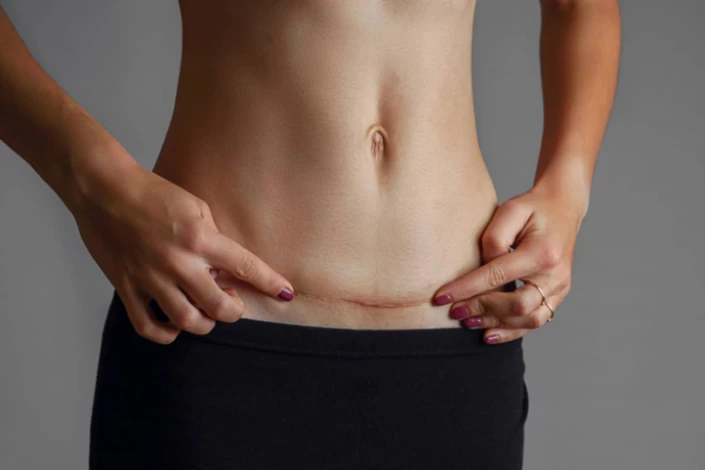
What Are the Problems with Combining a C Section and Tummy Tuck?
Combining a cesarean section (C-section) and a tummy tuck into a single procedure, also known as a "C-tuck," can present some potential problems and risks, including:
Longer and More Complex Surgery
A C-tuck involves a longer incision and more extensive tissue manipulation compared to a C-section or tummy tuck alone. This can lead to a longer surgery time, increased blood loss, and a higher risk of complications.
Increased Risk of Infection
The combined procedure involves two surgical sites, increasing the infection risk. The incisions are also located in an area prone to moisture and bacteria, increasing the risk of infection.
Delayed Wound Healing
The combined surgery may lead to delayed wound healing due to the increased trauma to the tissues. This can prolong the recovery period and increase the risk of complications.
Increased Risk of Scarring
The combined procedure may lead to more noticeable scarring due to the extensive incisions and the possibility of scar tissue formation.
Potential for Nerve Damage
The C-tuck may increase the risk of nerve damage, particularly to the nerves that control sensation in the lower abdomen and legs.
Longer Recovery Period
The overall recovery time for a C-tuck is typically longer than for a standard C-section or tummy tuck alone. This is due to the additional surgical procedure, the increased trauma to the tissues, and the potential for complications.
Why Tummy Tuck in Iran?
Iran is a great option if you are considering having a tummy tuck. Iran has a long history of medical excellence, and its plastic surgeons are among the most highly trained and experienced in the world. Iranian surgeons have a reputation for meticulous technique, attention to detail, and a strong focus on patient satisfaction. Many Iranian surgeons and medical staff speak English fluently, ensuring patients communicate effectively with their healthcare providers.
Moreover, Iranian hospitals and clinics have state-of-the-art medical facilities, including operating rooms, intensive care units, and modern surgical equipment. This ensures patients receive the highest quality care during and after their surgery.
Additionally, tummy tuck surgery is significantly cheaper in Iran compared to many other countries. This is due to several factors, including lower healthcare costs, lower surgeon fees, and less expensive hospital stays. A wide variety of affordable hotels are also available in Iran, catering to all budgets.
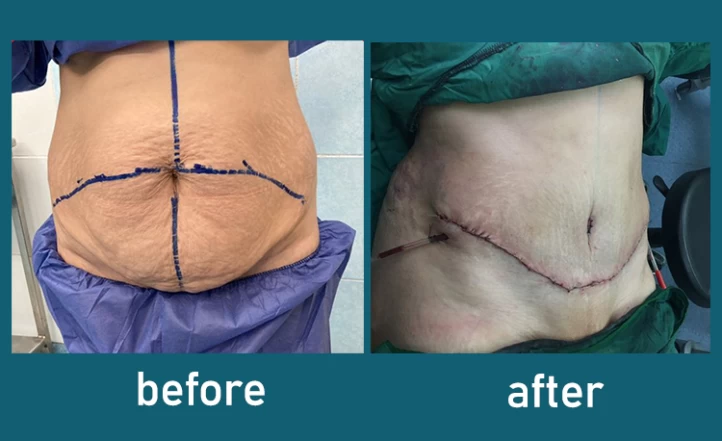
How Much Does a Tummy Tuck After a C-section Cost?
The cost of a tummy tuck varies depending on the location, ranging from $3,000 to $30,000 in the US, $4,000 to $7,000 in the UK, $5,000 in Turkey, and $3,000 in India. However, in Iran, the average cost of abdominoplasty ranges from $2,500 to $4,500, which covers the doctor's visit, clinic fees, anesthesia, post-operative recovery, and follow-up appointments.
The Bottom Line
For women who have undergone a C-section, the abdominal changes that can result, such as loose skin, stretch marks, and diastasis recti, can significantly impact their self-esteem and body image. A tummy tuck offers a transformative solution to address these concerns and restore a smoother, more contoured abdomen.
However, it is important to carefully consider the risks and benefits of the surgery and consult with a qualified plastic surgeon before making a decision. With proper planning, preparation, and aftercare, a tummy tuck can help women achieve the desired results and feel more comfortable in their bodies after childbirth.
Frequently Asked Questions About Tummy Tuck After a C-section
Is it advisable to undergo a tummy tuck immediately after a C-section?
It is generally not advisable to undergo a tummy tuck immediately after a C-section. It is recommended that women wait at least 6-12 months after giving birth to allow the body to heal fully and for the abdominal muscles to regain strength.
What is the recovery time for a tummy tuck after a c-section?
The recovery time for a tummy tuck after a c-section can vary depending on the individual and the extent of the surgery. Generally, it can take anywhere from 2 to 6 weeks to fully recover from a tummy tuck after a C-section
Will a tummy tuck after a c-section affect future pregnancy?
A tummy tuck can potentially affect future pregnancies, as it involves tightening the abdominal muscles and removing excess skin. However, many women can carry and deliver healthy pregnancies after a tummy tuck. It is important to discuss any plans for future pregnancies with a plastic surgeon before undergoing the procedure.
How long will the results of a tummy tuck after a c-section last?
The results of a tummy tuck after a c-section can be long-lasting, but they are not permanent. Weight fluctuations and aging can affect the abdomen's appearance over time. However, maintaining a healthy lifestyle and following post-operative instructions can help prolong the tummy tuck results.
Will I have a scar after a tummy tuck following a c-section?
Scarring is inevitable after a tummy tuck following a c-section. The location and size of the scar will depend on the extent of the surgery and the technique used by the plastic surgeon.
Does an abdominoplasty after a c-section lift the pubic area?
A tummy tuck can lift the pubic area as part of the overall reshaping of the abdominal region. During the procedure, excess skin and fat are removed from the lower abdomen, which can help improve the appearance of the pubic area as well.
 WhatsApp
WhatsApp
 Telegram
Telegram
 Facebook
Facebook
 Email
Email







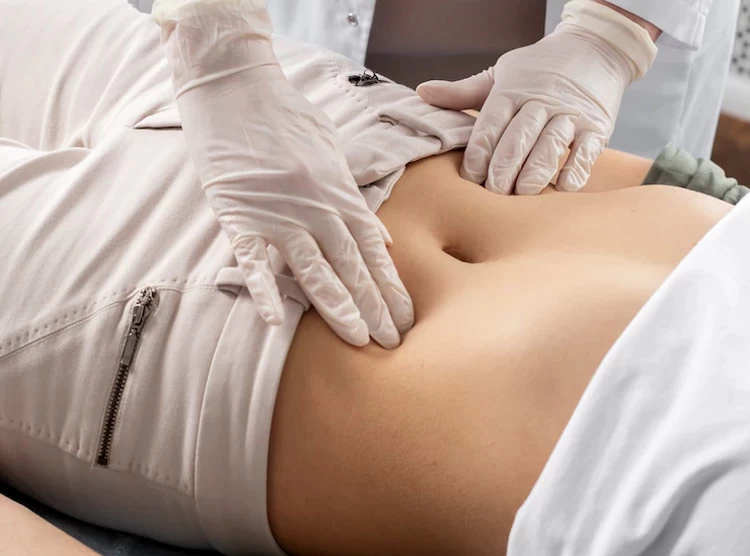

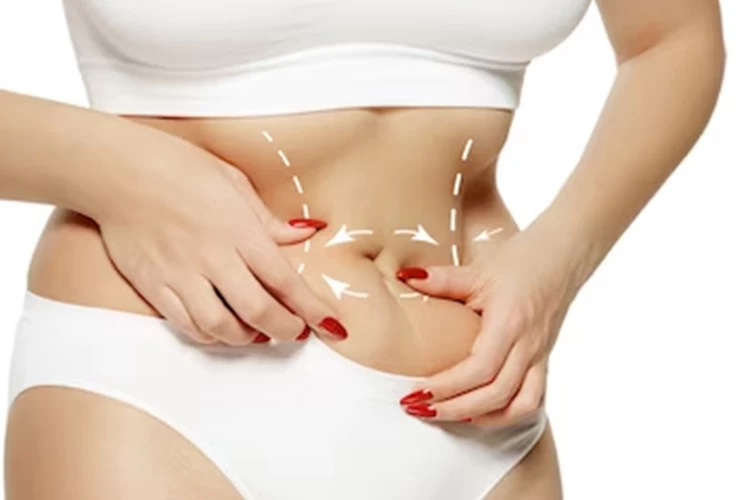

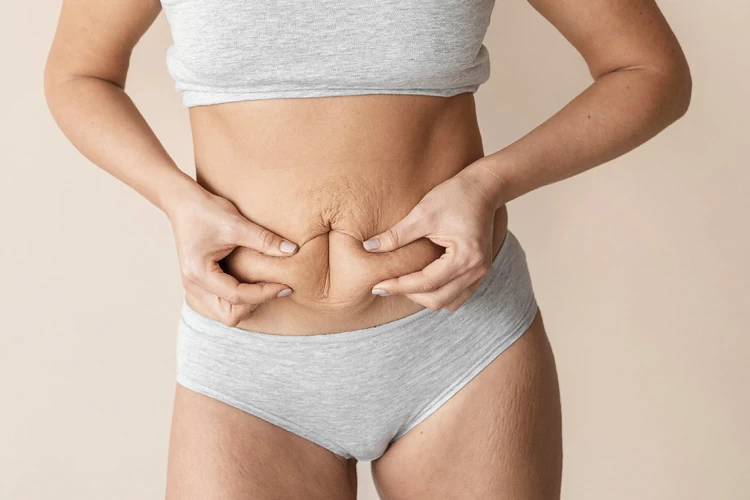
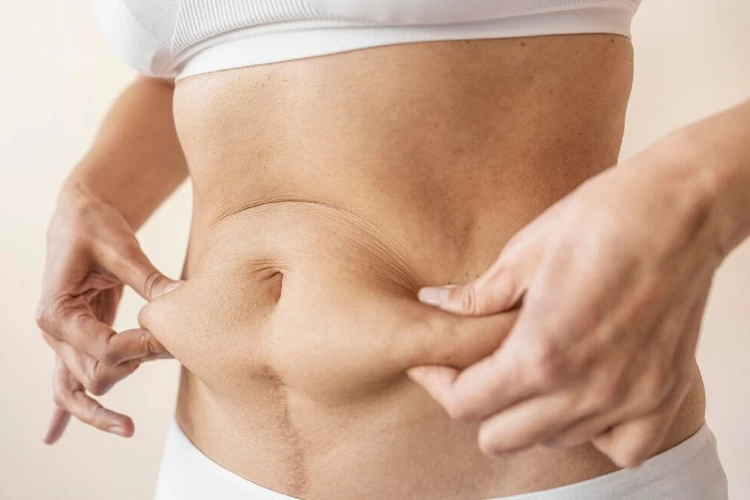

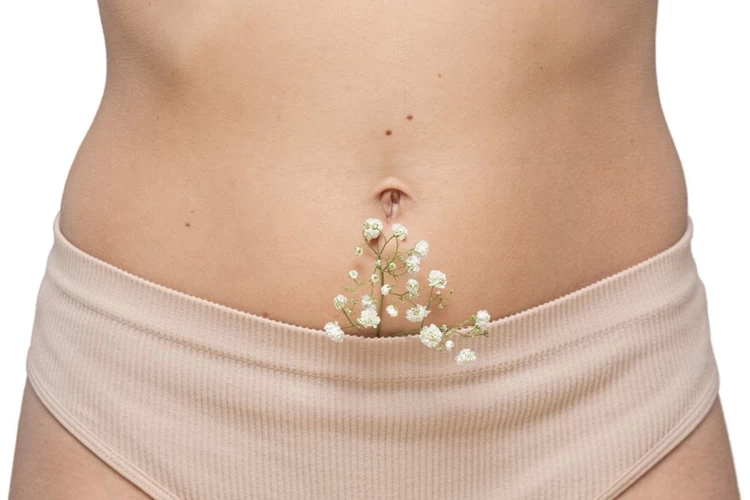


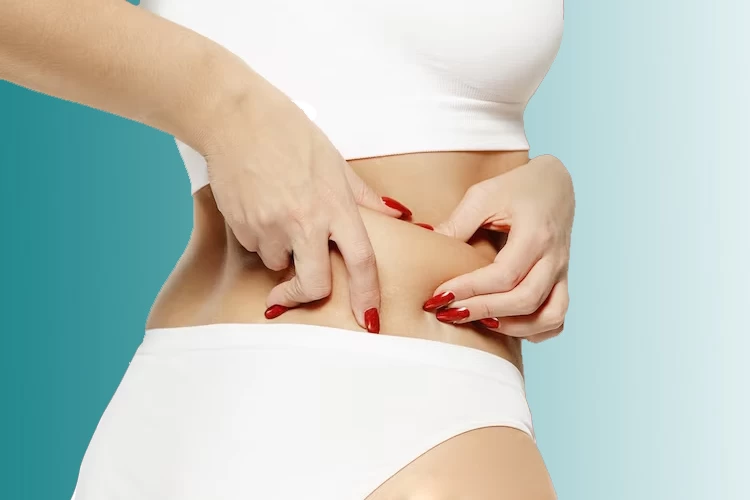
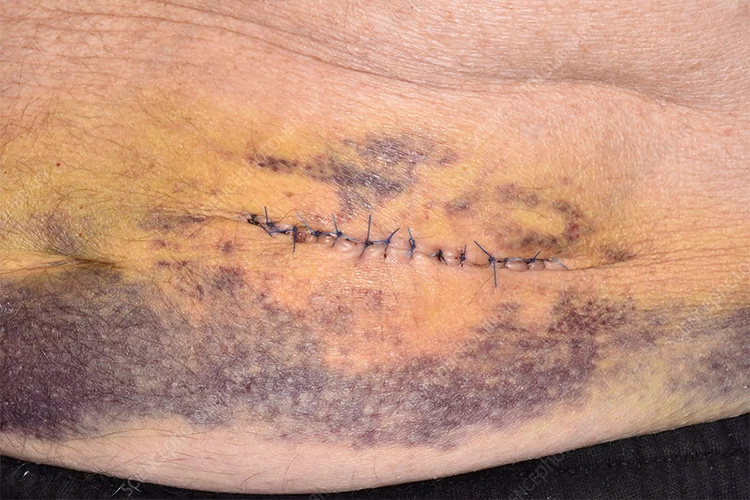

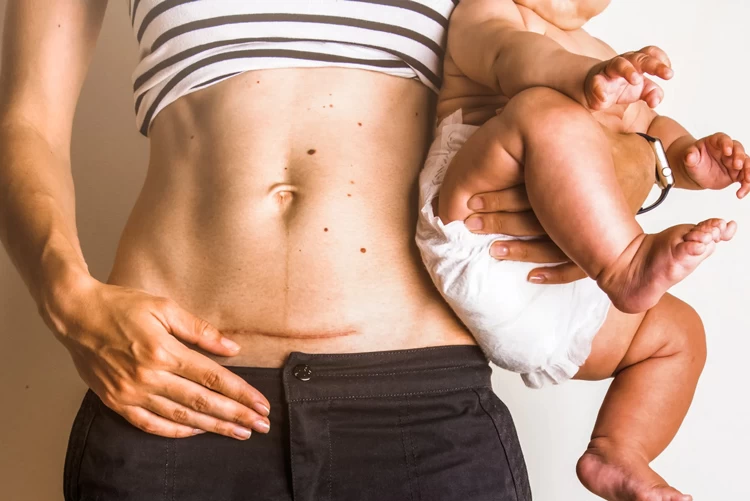

No reviews
Your comment